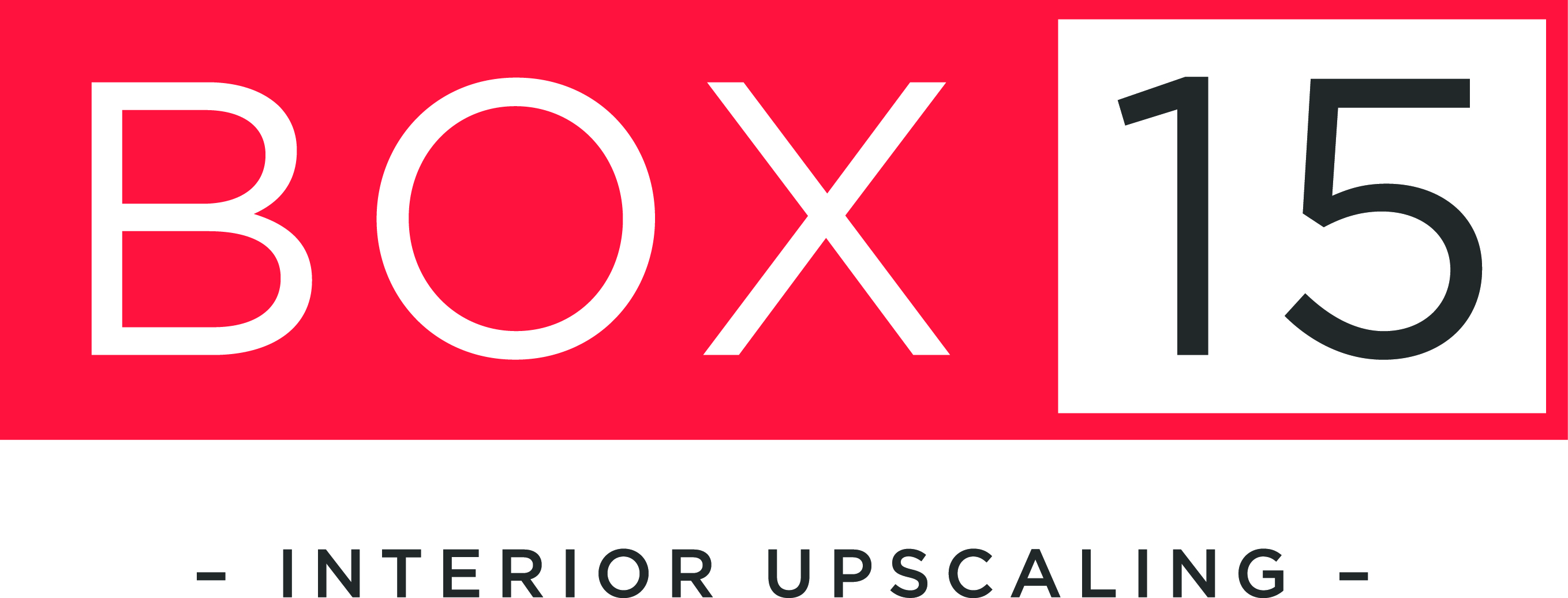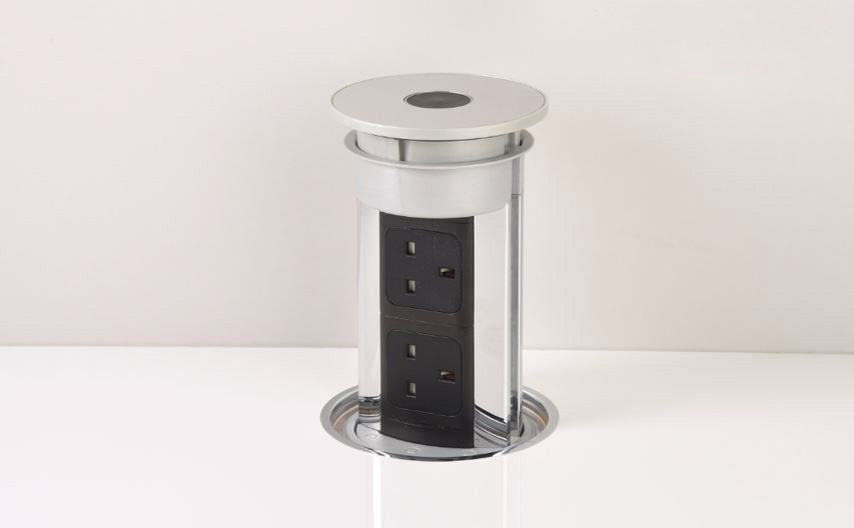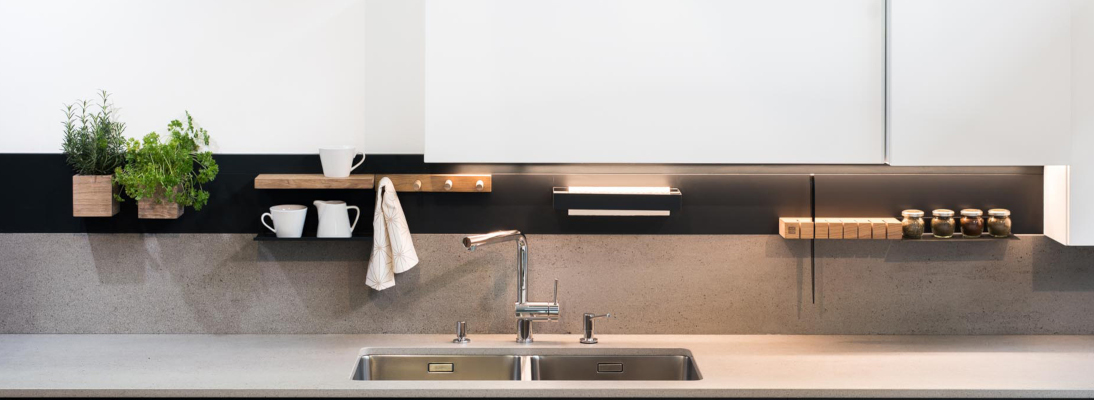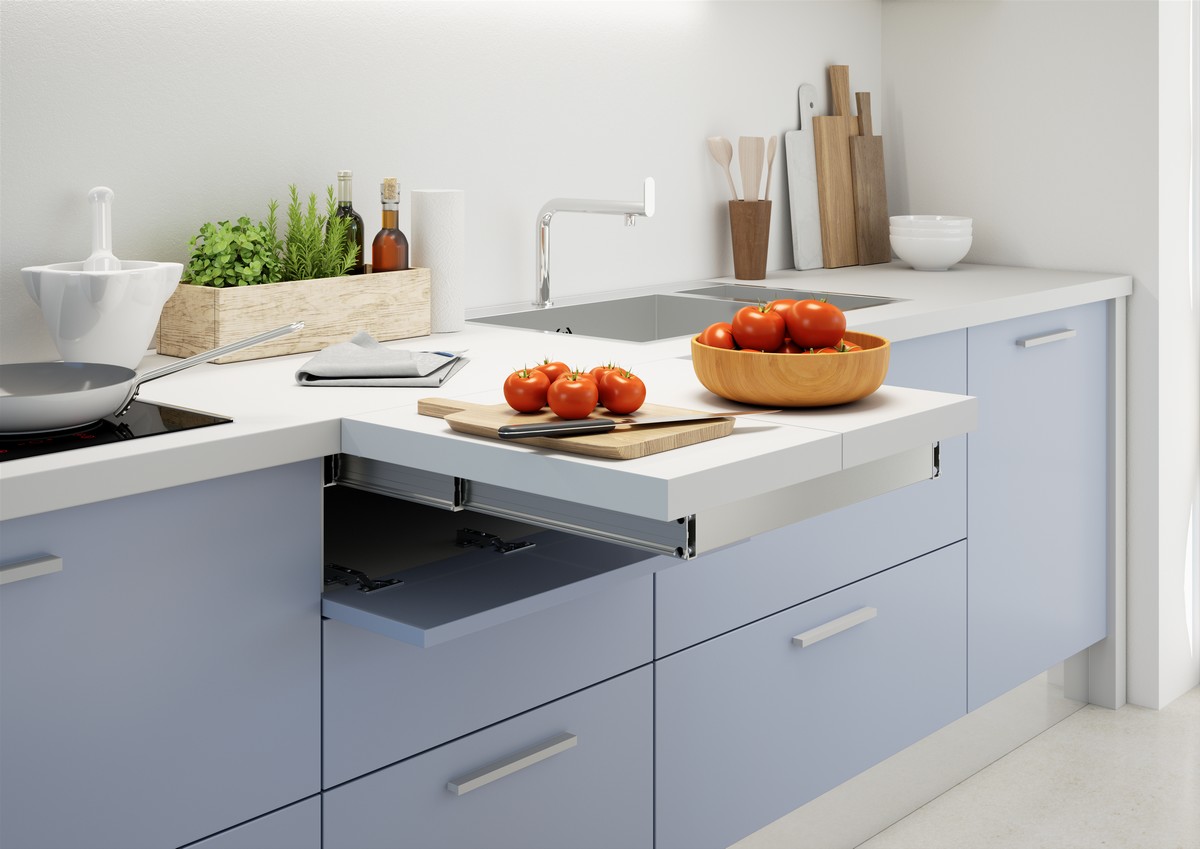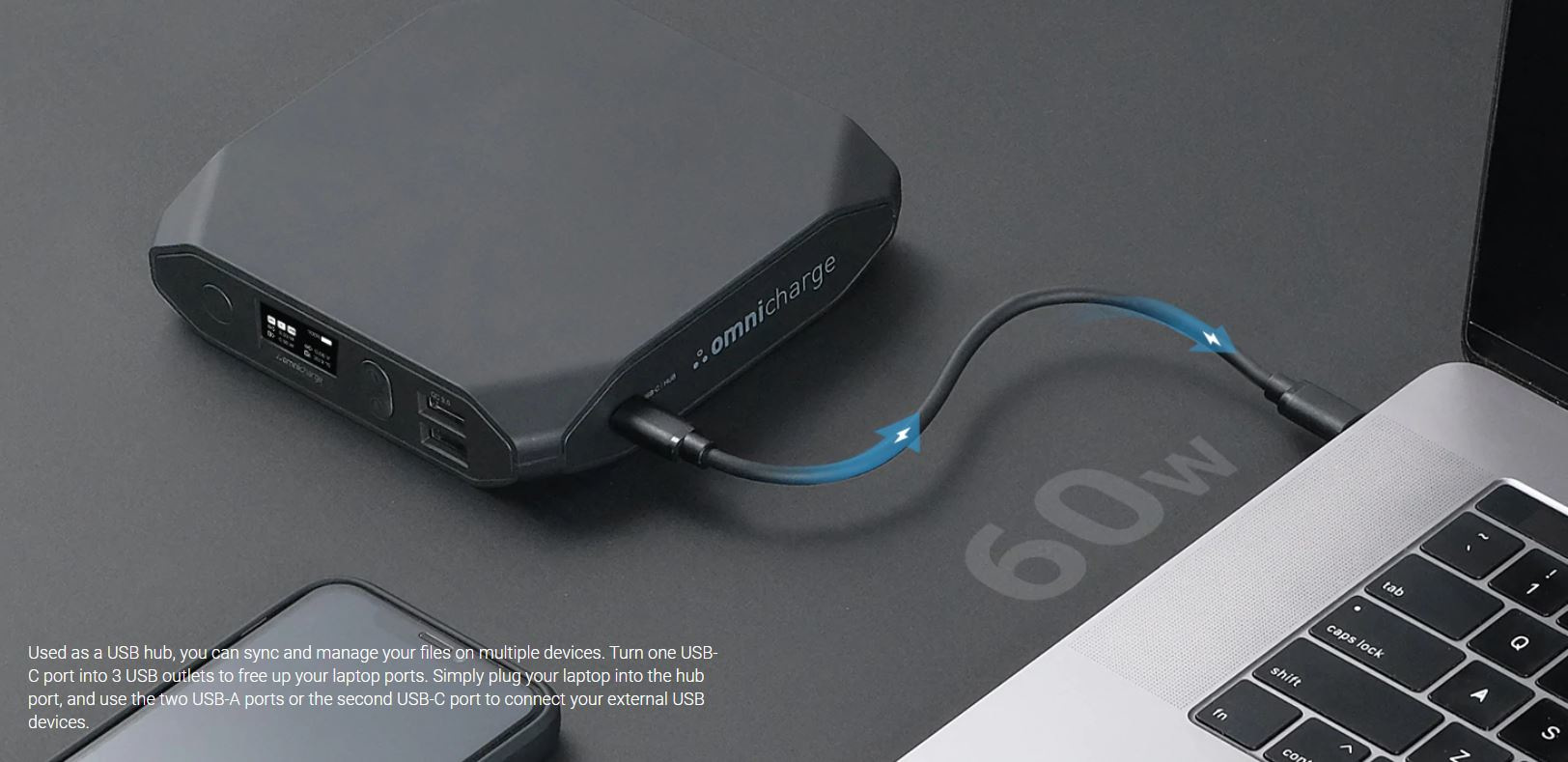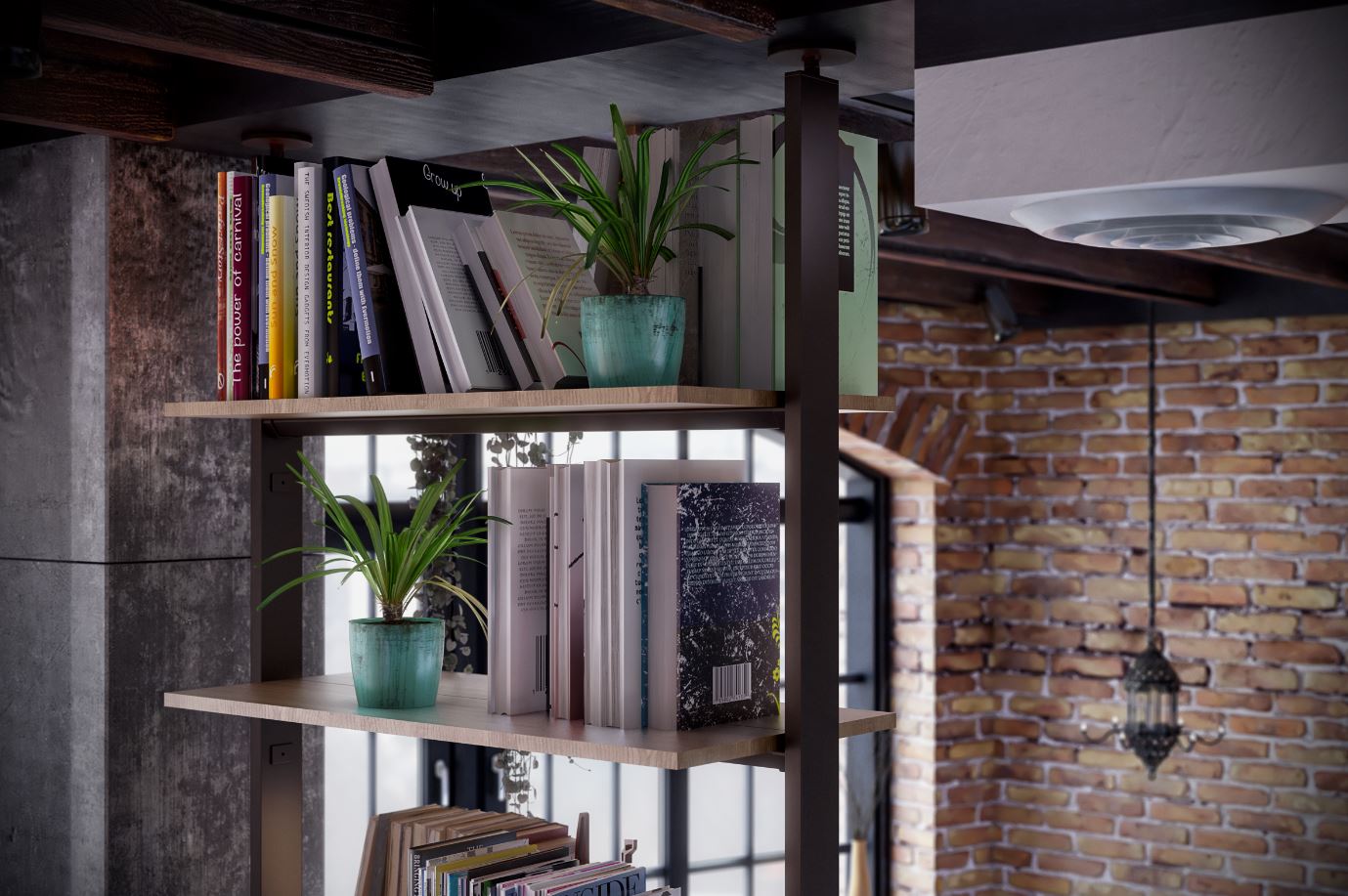Interior Upscaling – what is it and why is it so important?
Create efficient workflows in your hybrid office with the right set up
5 rules to achieve the perfect Microsoft Teams video call set up
24-hour chairs and posture chairs. What makes them so comfortable?
7 quick and easy steps to installing the Milan pop-up socket
The stylish, easy to fit pop-up socket that takes power where it’s needed
Kitchen design tips for a home hub you’ll love to spend time in
Avoid expensive mistakes: 6 things to think about before designing your kitchen
Revolutionise your mobile working with just one charger for everything
The best way to divide your office space
The Science of Workspaces: Understanding the Psychology of Office Design
The office isn’t simply a place to work.
It’s a place where people go to be creative, to be a part of something bigger – to find their sense of community. This is why, when designing an office space, it’s important to look beyond the workspace.
Across their life span, the average American spends more than 90,000 hours at work. That’s a long time – and it’s also a big incentive to get the design of the workplace right.
Despite this, a 2015 Human Spaces report stated that around 58% of employees don’t have any greenery within eyesight while at work. More astonishing than that, around 47% of office workers around the world don’t have access to natural light while at work. However, we’re starting to understand the dramatic impact that nature can have on us as humans, especially in light of the increasing urbanisation of our lives.
The good news is, introducing natural features into the workplace doesn’t have to be complicated or costly. It does, however, require some consideration.
It shouldn’t stop at cognitive ergonomics
Often, when designing offices, the features needed for employees to do the job are the focus of all considerations – a desk space big enough to write, type and review their work, appropriate lighting, and comfortable seating or an effective sit/stand desk.
However, thinking more carefully about the psychology behind office design takes employee potential from deliverable to inspired.
Bright, well -lit spaces can elevate mood and energy levels
Blue light – the same blue light that is now known for messing with our sleep, occurs naturally in sunlight as well as artificial light. Blue light reduces the natural sleep hormone melatonin. Which is bad at night, but great when you want your employees to be productive during the day.
Warm-toned office lighting can work adversely to blue-toned lighting and make employees relaxed and even drowsy in the workplace.
According to the Illuminating Engineering Society (IES), intense direct light from overhead creates a tense ambience in the office, whereas lower overhead lighting combined with warm-toned lighting at the room perimeter creates a more relaxed space.
Optimising the natural light in an office and supplementing it with blue light is the best way to energise employees in the workplace. Try and avoid blocking natural light from windows and where room partitions are used. Acrylic screens or acrylic room dividers are are good way to reduce sound travel and divert footfall, without locking natural light.
Office layout can influence the social dynamics
Another key consideration when designing an office is the social dynamic. If your employees work closely together as a team then a bank or several banks of desks may be the best way to ensure collaboration throughout the day. However, if you choose to sit employees together, you may also want to provide a private space where employees can make personal phone calls away from other team members.
Keeping the office tidy and clutter-free is another way you can encourage a fluid dynamic and create a calm and clean environment. Giving employees space where they can put away their belongings or papers in under-desk drawers or on shelving units is an effective way to maintain a healthy and calm vibe in the workplace.
Décor has a part to play in the wellbeing of your team
And then there’s the décor. Here, there a lots of quick gains to be made by bringing in natural an earthy tones.
Having a significant natural influence in the office can help reduce stress levels and are said to improve mindfulness.
Plants can improve air quality increasing the levels of oxygen and decreasing the levels of harmful chemicals in the air. By placing natural elements such as plants in pots around the office can also reduce stress and enhance creativity.
Air quality isn’t the only way nature can help us at work.
In a 2007 study[i], university researchers in Cardiff compared the productivity of two groups of office workers exposed to different levels of nature contact. They found that those whose offices had a view of natural greenery saw a 15% rise in productivity over a three-month period, compared to those with no green vistas.
You don’t need to build a UFO structure and fill the cut-out centre with trees like the Apple HQ, but natural stone, water features and the use of natural woods like those used in these shelves can all play a part in bringing nature into the workplace.
So, to optimize your workforce and enhance the well-being of your staff, maybe it’s time we get back to nature and start thinking about the choices behind our office designs.
If you’d like any information about our products, you can contact our customer services team for help and support on our online chat.
[i] Velarde, M. D., Fry, G., & Tveit, M. (2007). Health effects of viewing landscapes – Landscape types in environmental psychology. Urban Forestry & Urban Greening, 6, 199-212
Recent blogs
-
Interior Upscaling – what is it and why is it so important?
-
Create efficient workflows in your hybrid office with the right set up
-
5 rules to achieve the perfect Microsoft Teams video call set up
-
24-hour chairs and posture chairs. What makes them so comfortable?
-
7 quick and easy steps to installing the Milan pop-up socket
-
The stylish, easy to fit pop-up socket that takes power where it’s needed
-
Kitchen design tips for a home hub you’ll love to spend time in
-
Avoid expensive mistakes: 6 things to think about before designing your kitchen
-
Revolutionise your mobile working with just one charger for everything
-
The best way to divide your office space
